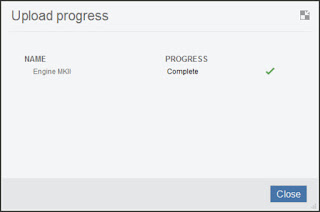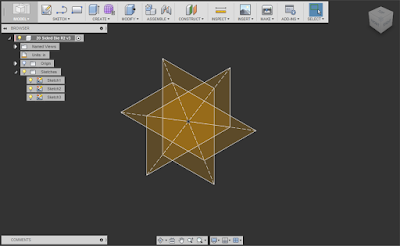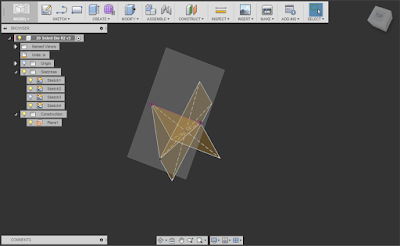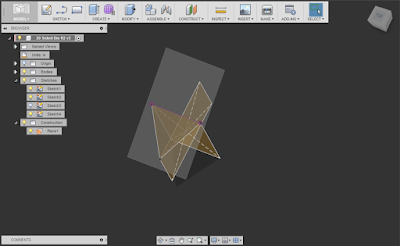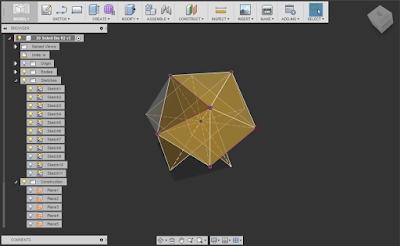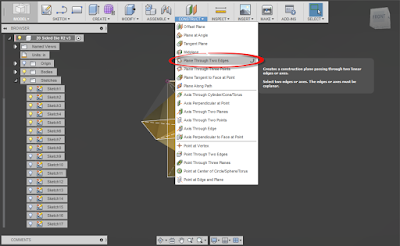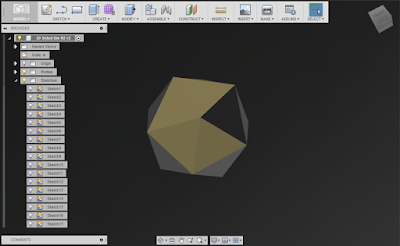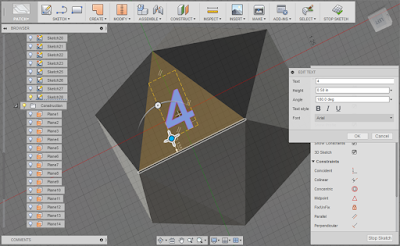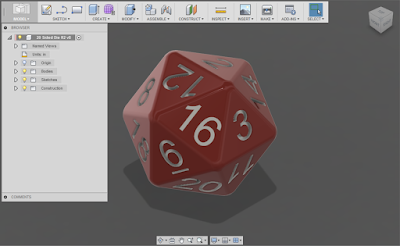Between work and class, it means days starting at 5:30 AM and ending at 11PM. It makes me grateful for a supportive family, but something does have to give, and in this case, it's the blog that suffers.
 |
| One of the instructional airframes, the Cessna 337 Skymaster. |
But life is still teaching me lessons, and this is one where data in the cloud helped save my grade.
I store my homework in Google Drive. Why? I can access it anywhere, and it's always backed up. It's always nice to be able to open the latest version on my phone, laptop, or work computer, without having to worry about uploading or emailing documents.
And as a final bonus, I have semesters of homework available for my reference.
The infamous textbook. My dinner companion many nights.
Perfect cloud application, right? Of course!
But last week, I had an interesting experience that thankfully, the Cloud saved me from.
In a rush at work, I hurriedly printed and stapled my homework to turn into class. Once turned in, I went merrily on my way, satisfied with a job I thought well done.
But the next day, I got a surprise that made my stomach sink.
The instructor returns my homework with a 43% on it. I'm shocked! How?
He tells me, "You're missing half your homework."
He tells me, "You're missing half your homework."
Gobsmacked, I flip through the pages. Sure enough, two of the four pages are blank.
I kick myself for not checking. It's a stupid mistake.
The teacher breaks me out of my trance. "I don't know how to rectify this with you. The quality of work implies you did the homework, but if you can't get it to me tonight.... "
My brain races, and suddenly a solution. "Can I email it to you?"
"I'll take that." The instructor tells me, giving me a ray of hope.
I fumble with my mobile phone for a few minutes, and manage to send a *.docx file to the instructor. Mercifully, my grade goes from a 43% to an 83%. (I made some bonehead mistakes technology can't solve).
So that's my story, but what are the lessons?
1) Technology is awesome! But don't rely on it too much. - I didn't spend 10 seconds flipping through the pages of my homework to make sure it was all there. I assumed it was, and that nearly cost me.
2) When used properly, technology is invaluable. - As contradictory as it seams, technology also saved me from... technology. If I hadn't been using a cloud account, and instead had my homework stored on a document on a machine, I may have been stuck eating a failing grade. By having the ability to send the instructor a word document, I salvaged a bad situation.
3) Make Technology Work for You! - I think this is the biggest lesson of all. We all have different needs, and technology has many ways of helping us out, not just one. Just because I use it one way doesn't mean you have to use it in exactly that way. Take my ideas, combine them with so many others, and come up with something that makes you're life easier!
So take my lessons, make them your own. From now on, I'll be double checking that homework with my good ol' "Mark 1 Eyeball.".




































